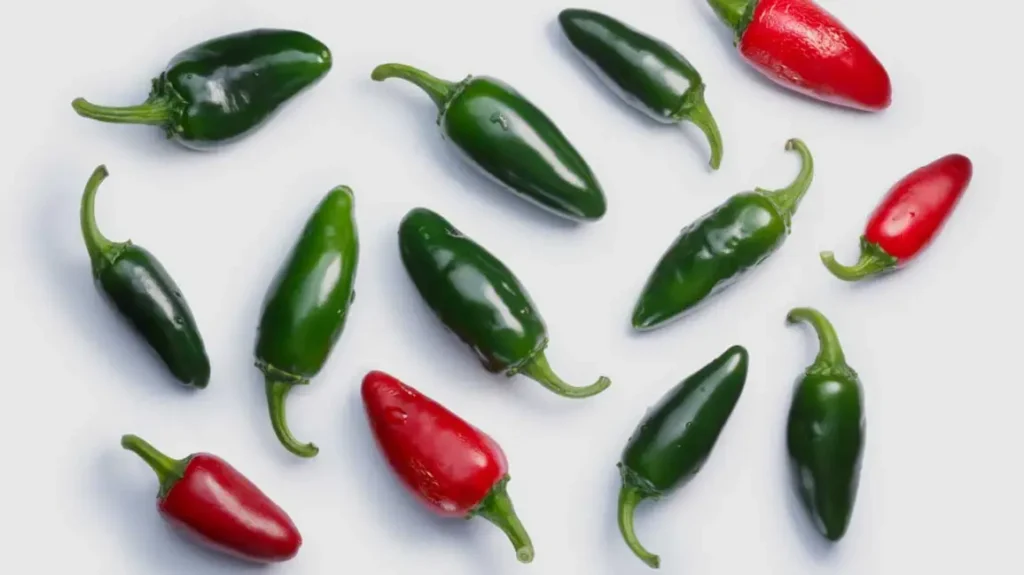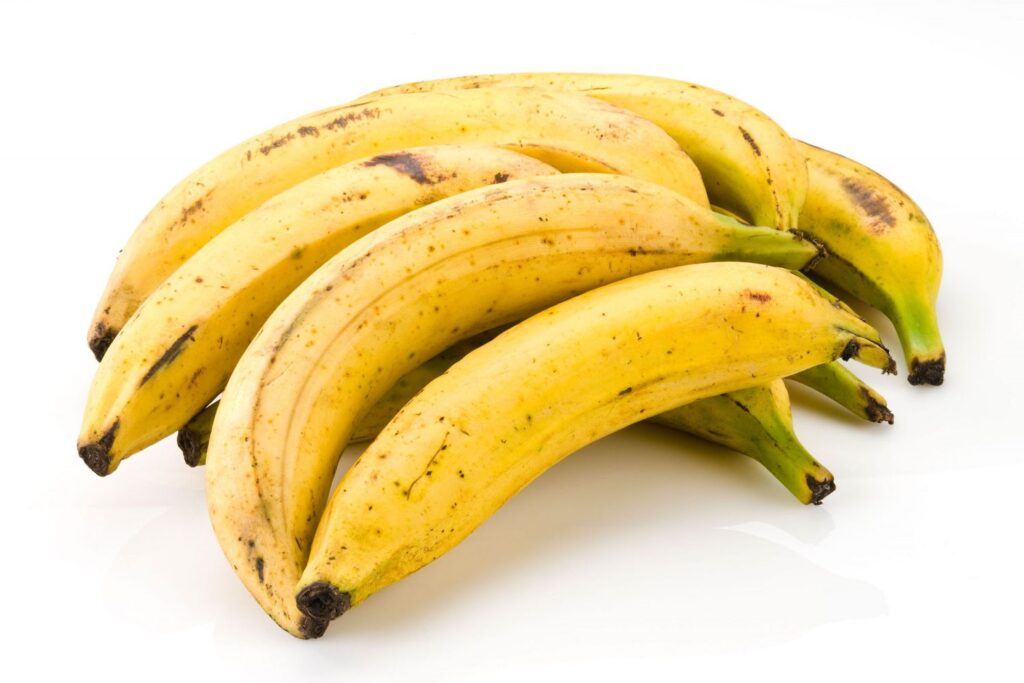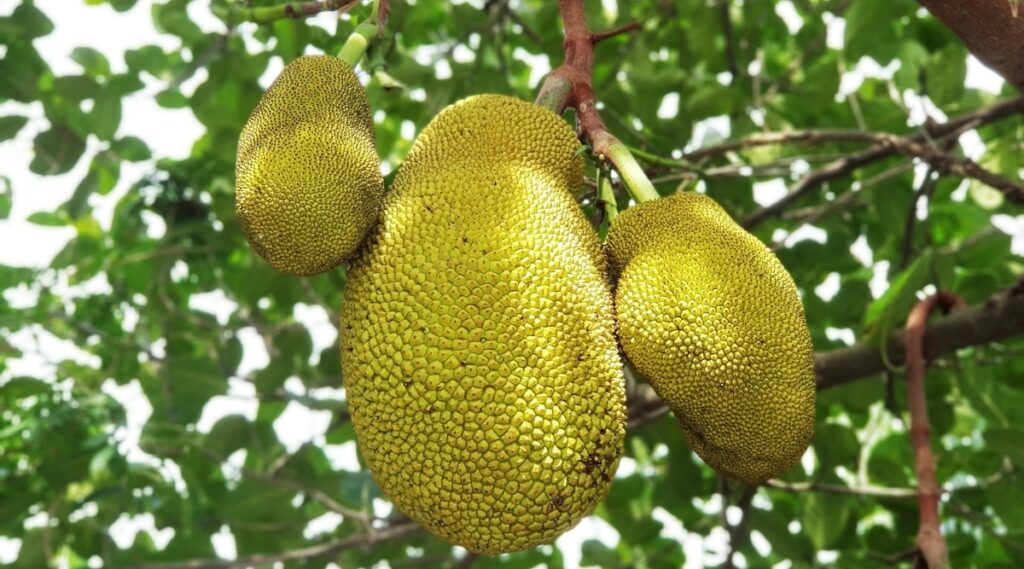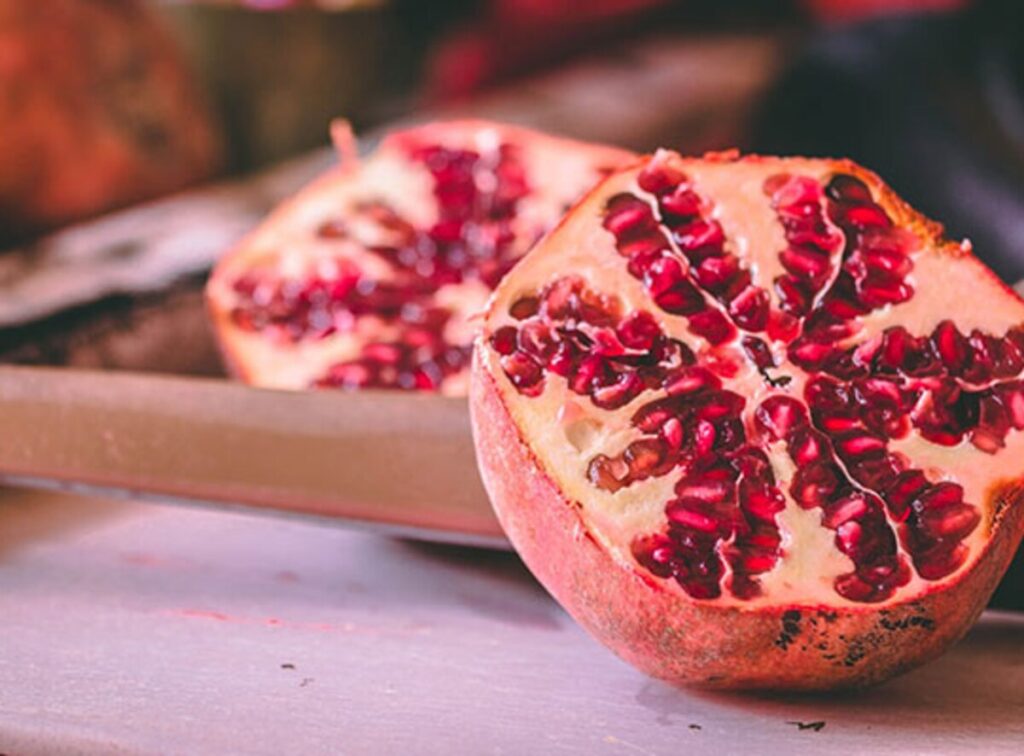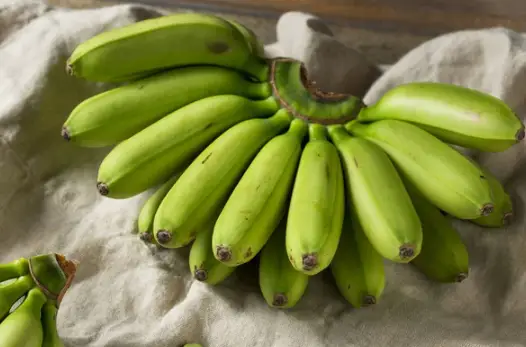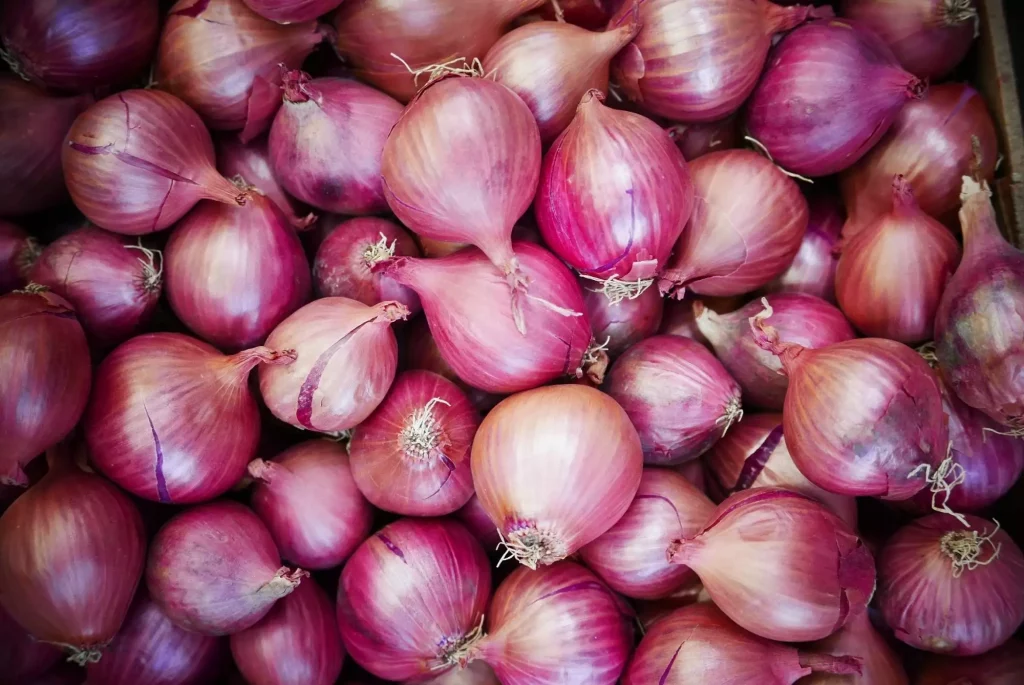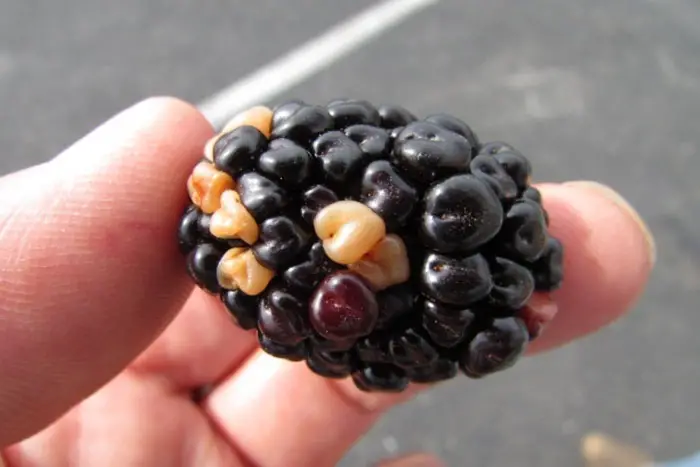Fruits fill our meals with sweetness and health benefits. They give us important vitamins, fight off diseases, and are great for watching our weight.
We often think of fruit hanging from tree branches, like apples or oranges. But lots of tasty and good-for-you fruits don’t come from trees at all. Let’s learn about 15 surprising fruits that grow in other ways and find out what makes them special.
Table of Contents
Discover Fruits That Aren’t Tree-Grown
Here’s a closer look at each of the 15 tree-free fruits:
1. Strawberries
Strawberries don’t grow on trees, but on small plants close to the ground. These plants put out runners, which are like threads that grow into new strawberry plants.
The strawberry we eat is actually the bigger part of the plant’s stem. Tiny seeds dot its surface. Strawberries are loved for their bright red looks and juicy taste, perfect for sweets and snacks.
2. Grapes
Grapes twine up and along vines, not trees. They’re an old kind of fruit, and we’ve enjoyed them in wine and as a yummy snack for many years.
Grapes can be green, red, or purple, with each kind tasting and feeling different. They bunch up together on stems, and their skins are part of making wine.
3. Watermelon
Watermelons are your best friend on a scorching day. They roll out across the ground on long vines that stretch out as far as 20 feet.
The big, round fruits are packed with sweet liquid on the inside. Enjoy watermelon fresh, tossed in salads, or turned into frosty treats like drinks and sorbets.
4. Tomatoes
Tomatoes are super handy in the kitchen, whether in salads or sauces. They hang from vines that can shoot up to 10 feet tall.
These plants give us round fruits that can wear red, yellow, or green. Tomatoes can be munched on straight up, turned into pastas and sauces, or even drunk down in juices and soups.
5. Blueberries
Blueberries pop out from bushes, not trees. They hail from North America and belong to the heath plant family.
The bushes bless us with clusters of little, blue round berries. A fine coat called a bloom keeps them safe. These sweet fruits are a hit in baked goodies or as a fresh snack.
6. Pineapple
Pineapples spring up from sturdy, short stems in the middle of their plants. They wear a tough, prickly skin that you peel away to find the tasty inside.
With a unique sweet and sour taste, pineapples find their way into many dishes and desserts. They also pack a punch with vitamins and minerals.
7. Raspberries
Part of the rose family, raspberries grow on canes, not trees. They’re soft and spoil easily, so they’re often eaten right away or turned into jams and sweets.
Raspberries are made of little bumps called drupelets, arranged in circles. They come in red, black, and gold, each with their own taste.
8. Cantaloupe
Cantaloupes, a type of melon, are in the same botanical bunch as cucumbers and pumpkins.
Instead of growing on trees, cantaloupes spread out on the ground on vines. The plants gift us with big fruits that have a tough, patterned skin outside and juicy, sweet softness inside.
9. Honeydew
Honeydew melons bring a sugary splash to salads and desserts. Like others here, they grow on vines, which can stretch up to 6 feet long.
Honeydew vines produce roomy, round fruits that boast a moist interior. Eat them plain, or whip them into puddings, drinks, and smoothies.
10. Pomegranate
Pomegranates are a tasty fruit you can find in tangy sauces, refreshing drinks, and crunchy salads. They don’t grow on trees; they come from bushes or little trees.
These plants have roundish fruits stuffed with juicy seeds. They’re great to eat on their own, blend into sweet treats, or squeeze into juice.
11. Kiwi
Kiwis, with their sweet yet tangy vibe, are a hit in salads and smoothies. They grow along vines, which can spiral up to 30 feet.
The vine brings forth small, egg-like fruits with a juicy heart. Kiwis are yummy fresh, in desserts, or made into thirst-quenching drinks and sorbets.
12. Cranberries
Cranberries are known for their sharp and zesty taste, a go-to for sauces and beverages. They thrive on low plants in wet places, not trees.
Cranberry plants give us little, red berries that are most commonly gathered in the autumn. You can snack on them as is, mix them into desserts, or turn them into juices and syrups.
13. Gooseberries
Gooseberries, which are mildly sour, are regularly cooked into jams and pies. They sprout from bushes, which can reach about 5 feet in height.
The bushes produce small, round berries that can show off green, yellow, or red skins. Gooseberries can be eaten right off the bush, used in sweets, or turned into tasty drinks.
14. Mulberries
Mulberries have a long history of making people smile with their sweet and juicy taste. They grow on big bushes, not quite tree-sized.
The mulberry bush produces tiny, lobed berries in colors like black, red, and white. They’re delicious fresh, in desserts, or cooked down into jams and sweet syrups.
15. Blackberries
Blackberries come from thorny brambles. Their fruit is similar to raspberries, but the little bumps are bigger and less in number.
Blackberries can be thornless, semi-thornless, or very spiky. Each kind grows in its own special way and tastes just a bit different.
To Wrap It Up
There’s a whole world of fruits out there that don’t grow on trees. From the sweet burst of a cantaloupe to the sour kick of a cranberry, these amazing edibles bring variety and joy to our plates in fresh and cooked forms.
With so many types of fruits out there, you’re bound to find something that you love. Next time you’re checking out the produce section, why not pick one of these unexpected fruits to try?
